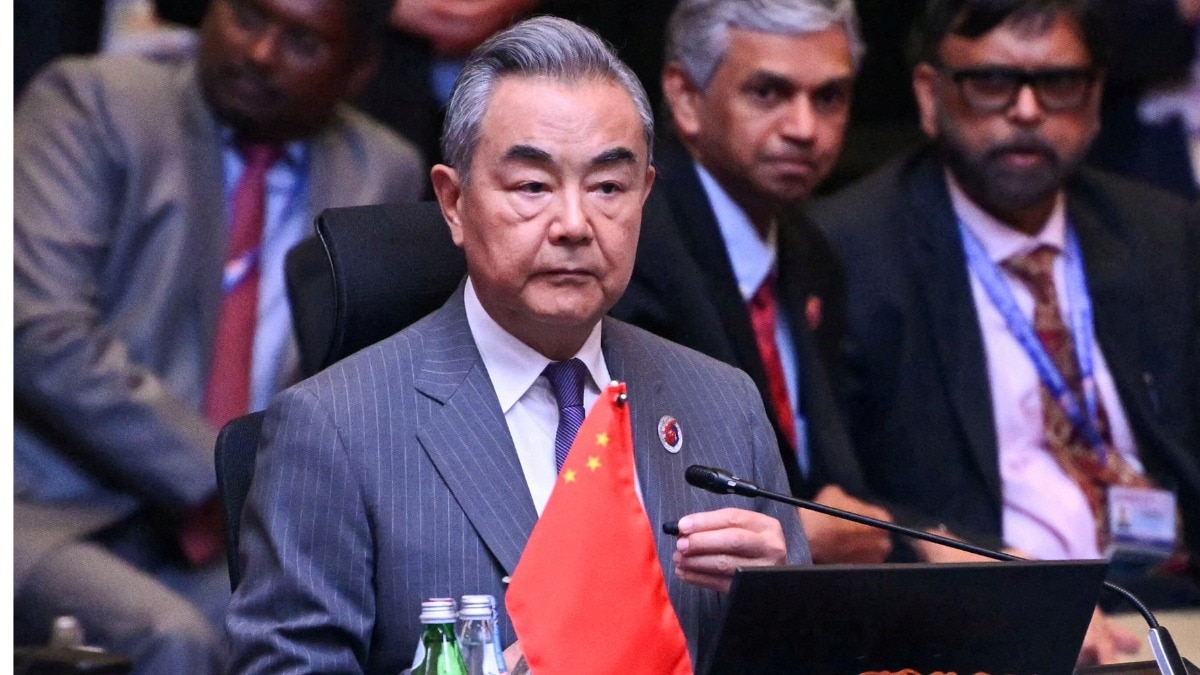You can also listen to this podcast on iono.fm here.
JEREMY MAGGS: South Africa’s economy is often written off as a disaster, but Old Mutual’s group chief economist Johann Els is pushing back hard against that label. He argues that the country is showing resilience, that reforms are beginning to take hold, and that commentators who peddle collapse are perhaps missing the full picture.
Listen/read: Big constraints to SA economy – Old Mutual
Still, the reality on the ground, I don’t need to tell you, is bleak. Unemployment remains at record highs. There is fragile investor confidence. We do have a weak rand, and households are under pressure. So, is Els offering a sober analysis, or is he just glossing over the defence of the indefensible?
Johann, a very warm welcome to you. So you say that South Africa is not a disaster, but surely difficult to square that away with things like record unemployment and all the infrastructure hurdles we’re facing?
JOHANN ELS: Absolutely. No, there are certainly lots of negatives in South Africa. Lots of failures, whether that’s in government or state-owned enterprises (SOEs). Lots of failure in terms of policies and so on. No denying that.
But I think if we’re thinking about investments, we need to be looking forward, and I think we have to look at policy changes that we have seen are being implemented. Operation Vulindlela has done a lot in terms of getting Eskom off the edge of the cliff. So we’ve done a lot in terms of getting the private sector involved in electricity.
Last week, we saw big announcements around the private sector getting involved in Transnet operations. So this is expanding. It’s slow. It’s not going to have immediate benefits. But I think with the bigger role of the private sector in those spaces where the state and SOEs have failed, we must take that into account. Looking forward, I think we can expect somewhat better economic growth.
Read: Rail reform milestone puts SA economy back on track
It’s still not going to be great. Jeremy, we’re never going to get to the 5% or 6% growth that we actually need in South Africa because of skills deficits, labour market issues, and so on. But the stuff that is happening will get us off this 1.1% annual average growth over the last 16 years, towards around 2.5% to 3% perhaps, and it’s going to take a while. Barbara Creecy said, and she’s correct, it’s going to take a while to implement all of these. But we’re working on these. We’re not just letting them go anymore.
ADVERTISEMENT
CONTINUE READING BELOW
JEREMY MAGGS: You talk then about evidence of reforms starting to take hold. But I guess the big question is whether this is sustainable in the medium to longer term.
JOHANN ELS: I think once you start with the project where you allow the private sector these roles – think about all the private sector investments in the electricity generation, the wind farms, the solar farms and so on – it’s going to be more and more difficult to turn that around. We see more and more efforts from government, from Operation Vulindlela, allowing competition in the electricity market.
Read: South Africa has met 10% of reform targets, new tracker shows
So I think you’re right that we doubt these things because we’ve come through a 15-year period of slow and very little policy implementation. But things are happening and once you start allowing the private sector that bigger role, it’s going to be very difficult indeed to turn that around.
JEREMY MAGGS: You remain confident then, that these reforms that government has failed to deliver on for years are now starting to show some fruit – that sustainability, that momentum is possible. Where are the risks though?
JOHANN ELS: Ja, the risks are certainly that we fall back, that as we’ve seen so often that we lose the momentum. But there’s very strong effort from Operation Vulindlela. In the quarterly update reports, we see that things are happening, and I’ll be the first to admit it’s still too slow. It’s still not enough. The magnitude isn’t enough.
But when I look at all the reforms that are busy being implemented, the work, as I say, that Operation Vulindlela is doing to push this forward. I’ve been impressed by the Department of Transport and the minister there in terms of the ongoing efforts.
I just see positive momentum, even though it’s still too slow.
JEREMY MAGGS: Johann, how much of a barometer is the relatively resilient rand right now in terms of what is happening?
JOHANN ELS: Ja, that’s very difficult. The rand is much weaker than what it’s supposed to be according to just the basic fundamentals of inflation differentials. The rand is probably pricing in a lot of the negatives in South Africa. But we do see some recovery in the rand, I think mostly on the back of a weaker dollar. But if we look forward in terms of what most people are expecting for the dollar to remain fairly weak in the face of concerns about the US as a safe haven investment – the sort of banana republic stuff that’s happening, if you don’t like the employment numbers, you fire the commissioner of the Bureau of Labor Stats, those kinds of issues, plus fiscal issues around debt and so on – so the dollar is likely to remain weaker for much longer.
Listen/read: What’s saving the rand?
Then locally, as we’ve talked about, those policy reforms, somewhat better growth, somewhat easier to fix the fiscal situation, lower inflation target certainly because that lowers the differential between us and the US, for instance. So I think the rand can come back quite a bit. We saw in the period of lockdown of 2020 when the rand was 19.90 to the dollar. It came back to 13.50 within 15 months. That’s the type of recovery that we can expect in the rand.
ADVERTISEMENT:
CONTINUE READING BELOW
I don’t think a 13 handle is likely, but certainly a 16 or perhaps even a 15 handle in the short term, and then it’ll drift again, but with better growth, with a lower inflation target, with less risk on the fiscal side. Ratings agencies, in my opinion, are behind the curve in terms of the expectations of the debt-to-GDP ratio. We can expect some upgrades in the next few years.
I think the rand can possibly also be slightly more stable in the medium to longer term than what we’ve become accustomed to.
JEREMY MAGGS: Finally, Johann. Investor confidence though does remain weak. Doesn’t that undermine to an extent your argument?
JOHANN ELS: It certainly remains weak. But in an era where you’ve seen investors willing to take on more risk in emerging economies when they’re not so happy about the US, and especially with the US rate cut cycle to restart pretty soon, I think investors will still look at South Africa.
Read: The global economy’s strange crossroads
We’re not a failed state. If we look at a whole bunch of fundamentals and compare ourselves to other emerging markets of similar stature, the sort of countries that foreign investors compare us with, then we’re not the worst in the grouping in terms of corruption. We certainly have got lots of corruption, but we’re not the worst in terms of those countries.
Investors are still very well aware, the foreign investors I speak to, in terms of the strength of the SA system, the strong constitution, the sophisticated financial sector, strong institutions in terms of the Reserve Bank and Treasury, the checks and balances that are built in there, that we can get some of those capital flows into emerging economies.
Yes, the big issue remains the lack of growth.
But then if investors look forward and they’ve got a decent time horizon, then they also realise that this bigger role of the private sector in the economy can get us towards a better growth path. Not great; but better compared to where we were.
JEREMY MAGGS: Johann Els is the group chief economist at Old Mutual. Thank you very much indeed.
Follow Moneyweb’s in-depth finance and business news on WhatsApp here.

 4 hours ago
1
4 hours ago
1






















 English (US) ·
English (US) ·